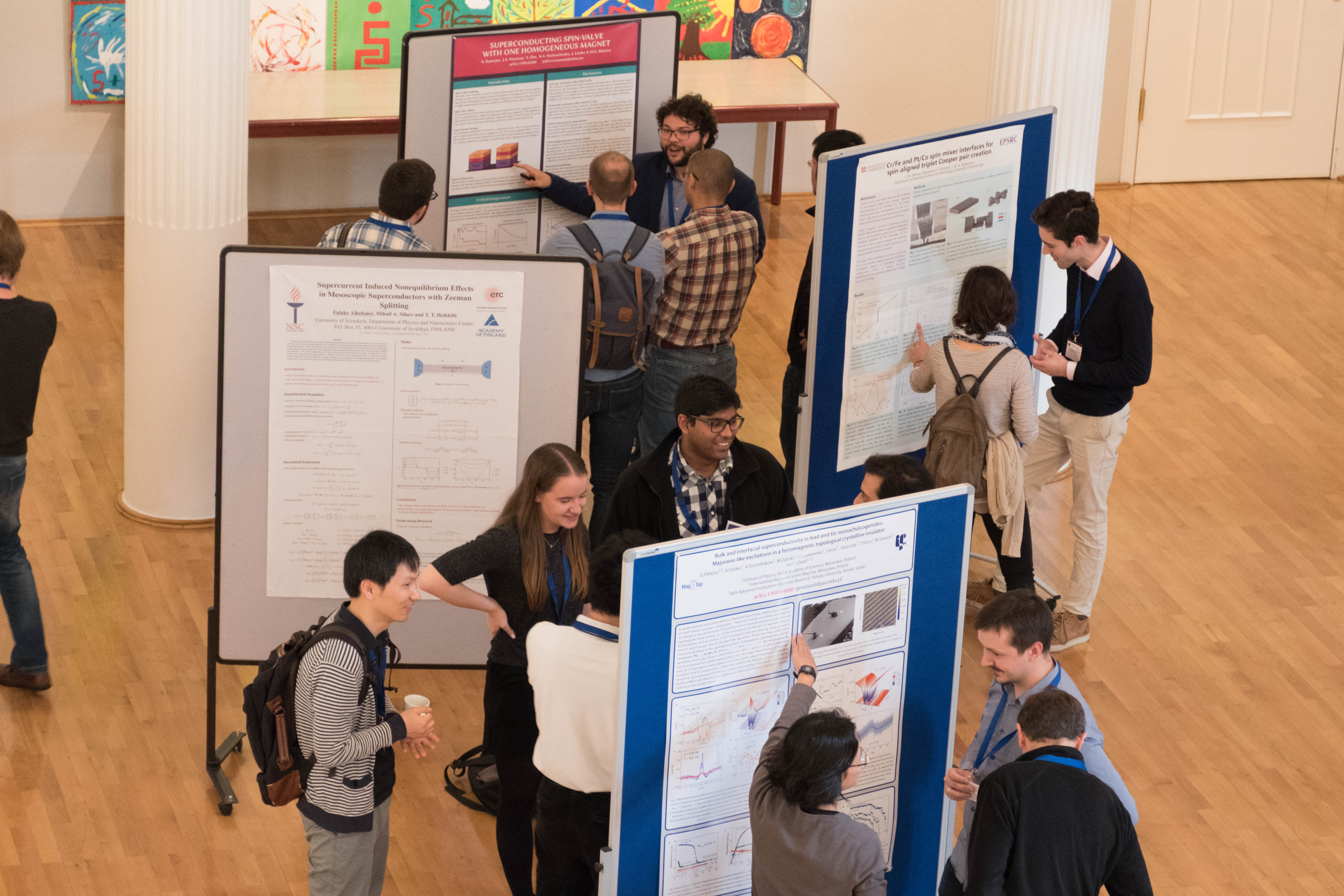Gordon Research Conference: Spin Transport and Dynamics in New Geometries, Materials and Nanostructures
In recent years the fields of spintronics has greatly expanded towards new materials, new functionalities, and new device concepts. In the new materials front, antiferromagnetic metallic and insulating systems have been shown to be effective transport media of spins, allowing for very high frequency applications and efficient electric control of the magnetic order parameter. There has also been a tremendous progress in the realization of magnetism in two dimensional materials, where new functionalities, such as spin valves, have been also demonstrated recently. Due to their spin-valley coupling these material systems also connect spins with photons. In addition, new forms of spin-orbit coupling have been discovered in magnetic and non-magnetic systems, connecting new materials with topological insulator and Weyl materials that promise new functionalities based on the control of these type of high-energy-like quasiparticles. A remaining materials frontier in spintronics is organic systems, which seems to be very different from solid state spintronics, exhibiting new chiral phenomena which remains to be fully understood. Finally, as an emergent new device concept, the conference will cover the area of neuromorphic computing in spintronics, where Skyrmions, and other spin systems, are being touted as future platforms for such type of brain-inspired devices.







